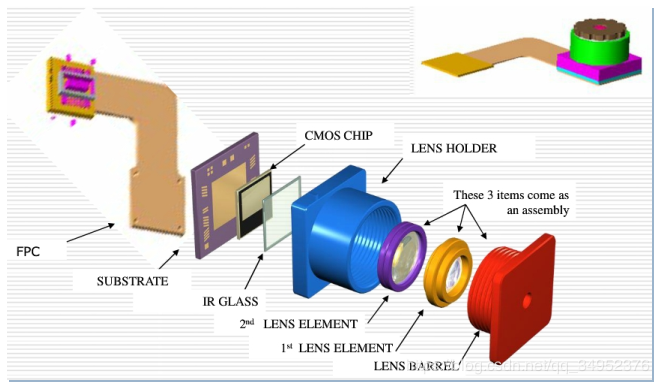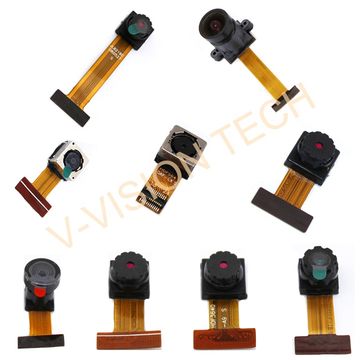

2025 chip module industry: technology iteration acceleration, application scenarios fission
1, market dynamics: localization rate improvement and demand differentiation
China has become the world's largest analog chip market, with the market size exceeding 310 billion yuan in 2024, and the rapid penetration of consumer electronics, new energy vehicles, industrial automation and other fields has become the core driving force . With the acceleration of domestic substitution, local enterprises have significantly increased their market share in power management, signal chain and other subdivisions. For example, Nanochip has made technological breakthroughs in the field of humanoid robot joint drive, which has achieved high-precision control and dynamic response capability . In addition, the "ultimate cost performance" strategy of mature process chips (28nm and above) is reshaping the global supply chain, with Chinese manufacturers increasing the yield rate to 98% through process optimization, and the unit cost is 30% to 40% lower than international peers .
2, technological breakthrough: the third generation of semiconductors and intelligent control algorithms
Silicon carbide (SiC) and gallium nitride (GaN) technologies became the focus of the industry. Chengdu Tianyi Crystal Energy launched the new silicon carbide seed crystal bonding carbonization furnace, through precise temperature control technology to improve material quality, laying the foundation for efficient heat dissipation of power modules 2; Jiufeng Mountain Laboratory achieved the mass production of 8-inch silicon-based nitrogen polar gallium nitride material, whose high-frequency performance can meet the needs of 5G/6G communication modules 27. At the control algorithm level, the humanoid robot drive system adopts model predictive control (MPC) and impedance control technology, combined with IMU sensor to achieve millisecond level dynamic adjustment, and promote the motion control module to the direction of high bandwidth and low delay .
3. Application scenarios: From industrial reliability to consumer intelligence
Automotive electronics : accelerated iteration of vehicle-level MCU chip modules to support multi-sensor fusion for intelligent driving, and the penetration rate of silicon carbide power module in 800V high voltage platform increased to 35%28.
Industrial automation : industrial-grade communication modules are compatible with TSN (Time Sensitive network) protocol, realize microsecond synchronization of multi-device cooperative control, and integrate fault prediction function to reduce the risk of downtime .
Consumer electronics : mobile phone RF front-end modules are developing towards ultra-wideband, supporting Sub-6GHz and millimeter wave bands; The popularity of AI PCS has driven a surge in demand for heterogeneous computing modules for Npus (neural network processors) and cpus/Gpus .
4,Supply chain restructuring: Cost advantage drives global capacity transfer
The manufacturing cost of China's mature process chips is 20%-50% lower than overseas, causing shocks in the international industrial chain. For example, the price of silicon carbide wafers has fallen from $1,500 to $500 per wafer, forcing European and American companies to turn to specialty wafer production 57. Local enterprises further reduce costs through vertical integration (such as self-research of equipment and localization of materials), forming a complete ecological chain from design, manufacturing to closed test. In 2024, the export scale of chip modules increased by 42%.
5, future trend: AI integration and advanced process breakthrough
The penetration of AI technology is changing chip module architecture:
end-side reasoning : Edge computing module integrated storage and computing technology, energy efficiency increased by more than 5 times;
multimodal interaction : Intelligent cockpit module integrates voice and vision processing units to support natural human-computer interaction with low latency;
Advanced packaging : Heterogeneous integrated module based on Chiplet accelerates landing in data center with yield exceeding 90%.
At the same time, Chinese enterprises have approached the international level in the yield of 14nm FinFET process, providing possibilities for the localization of high-end computing modules .


